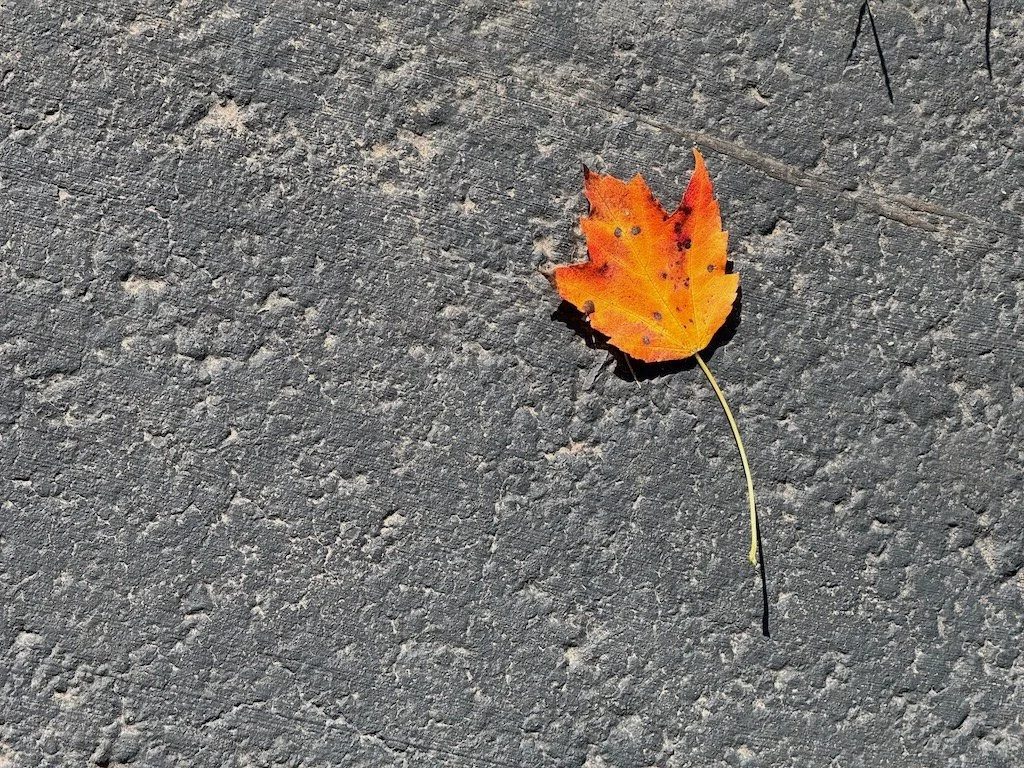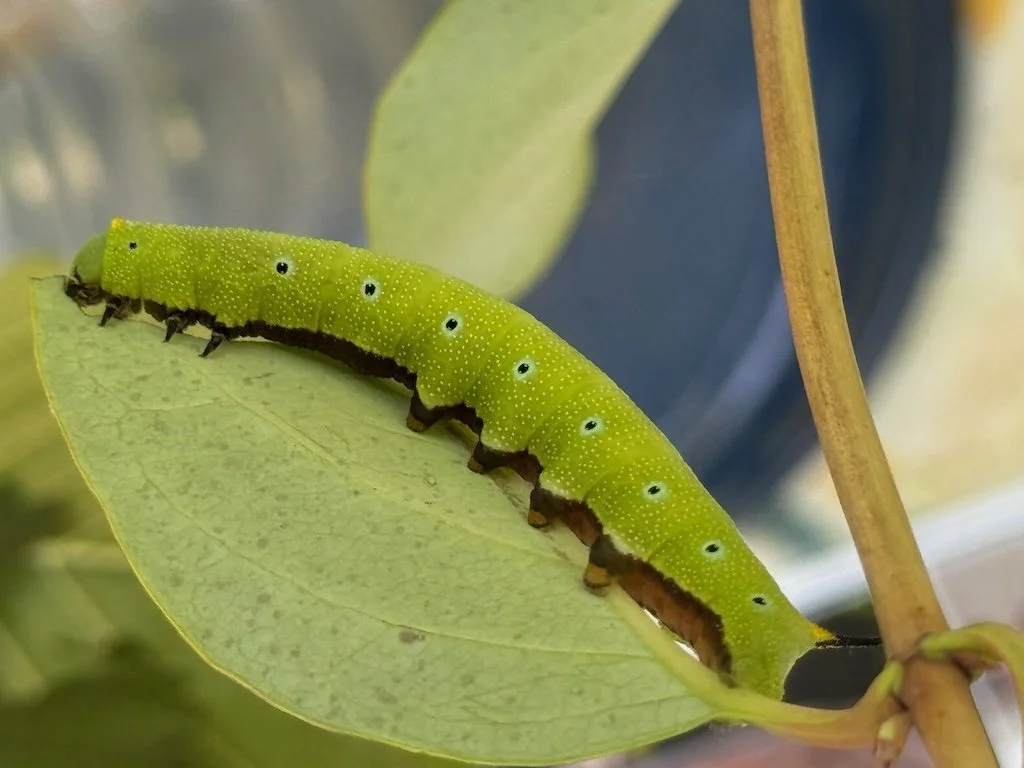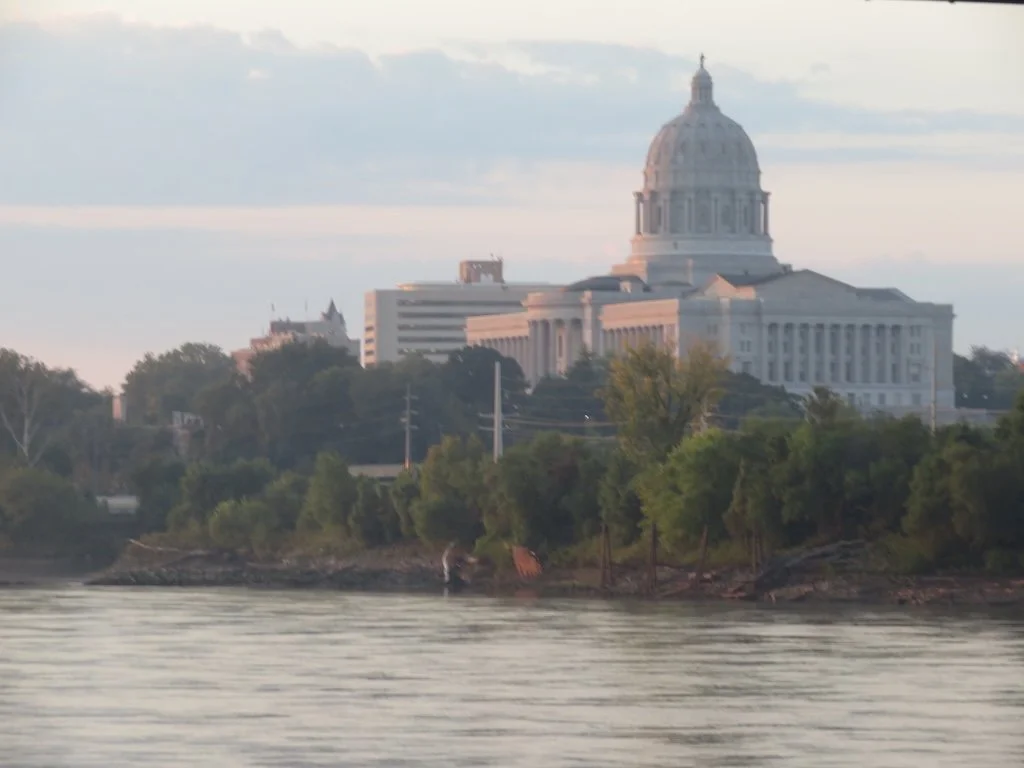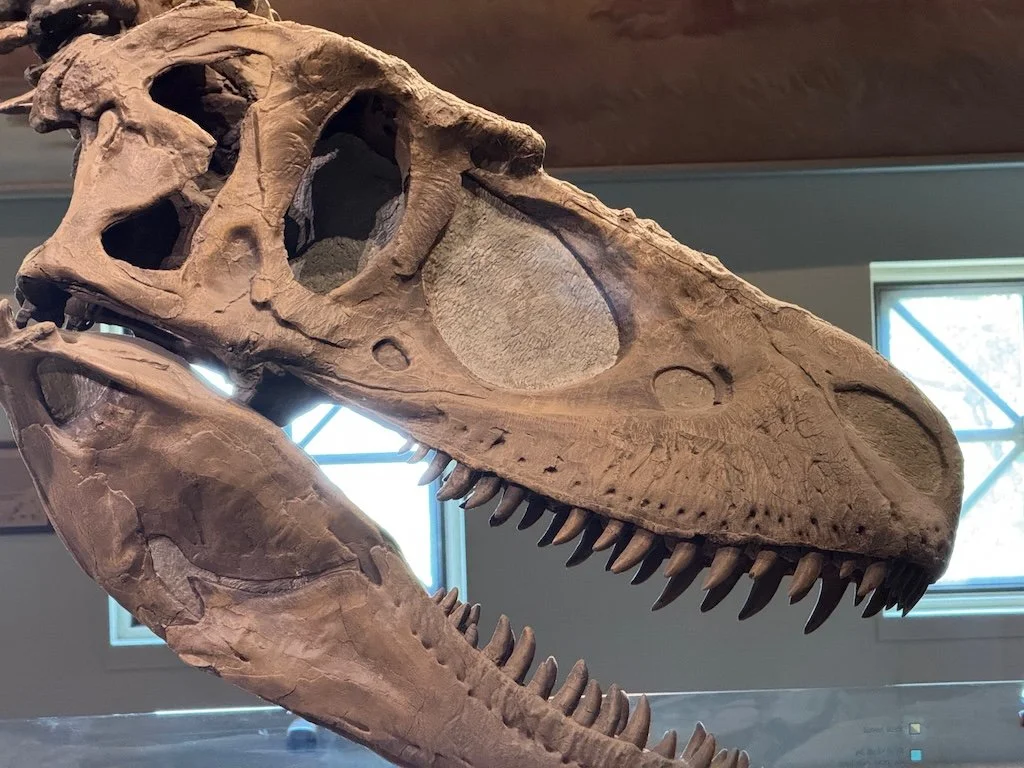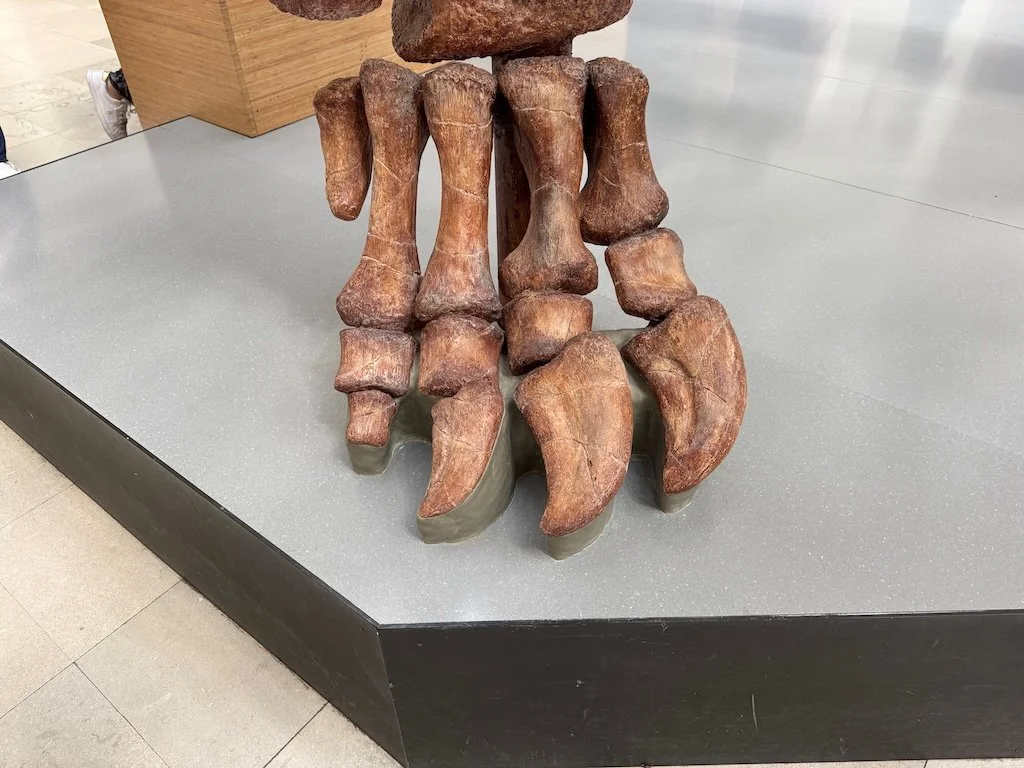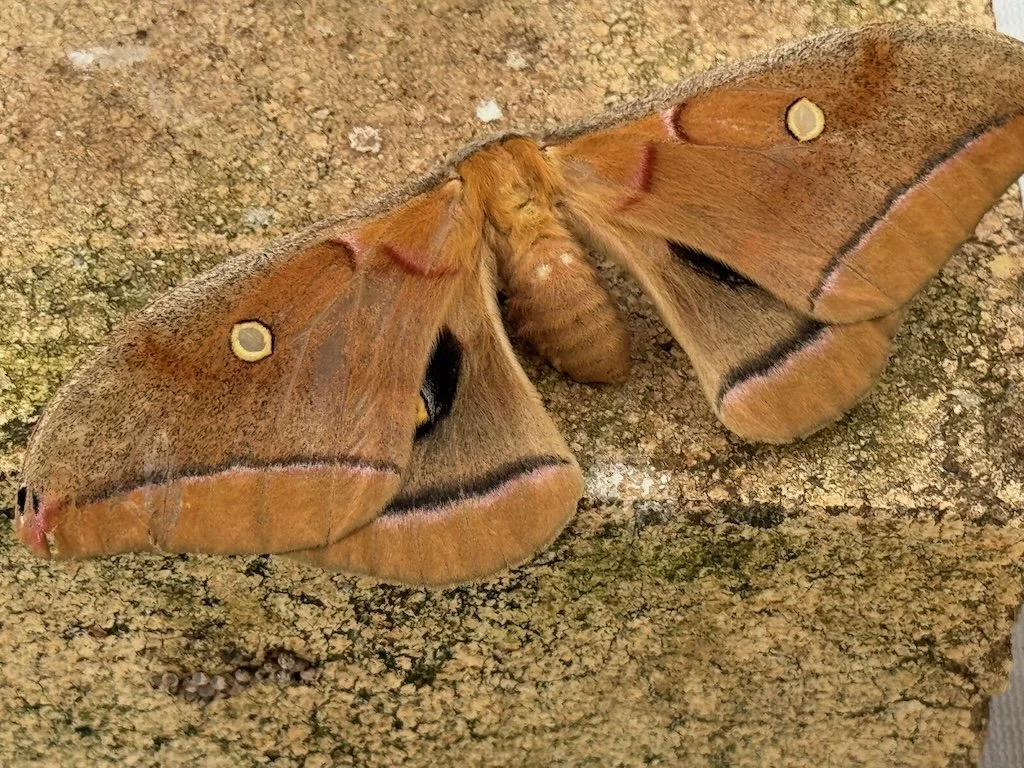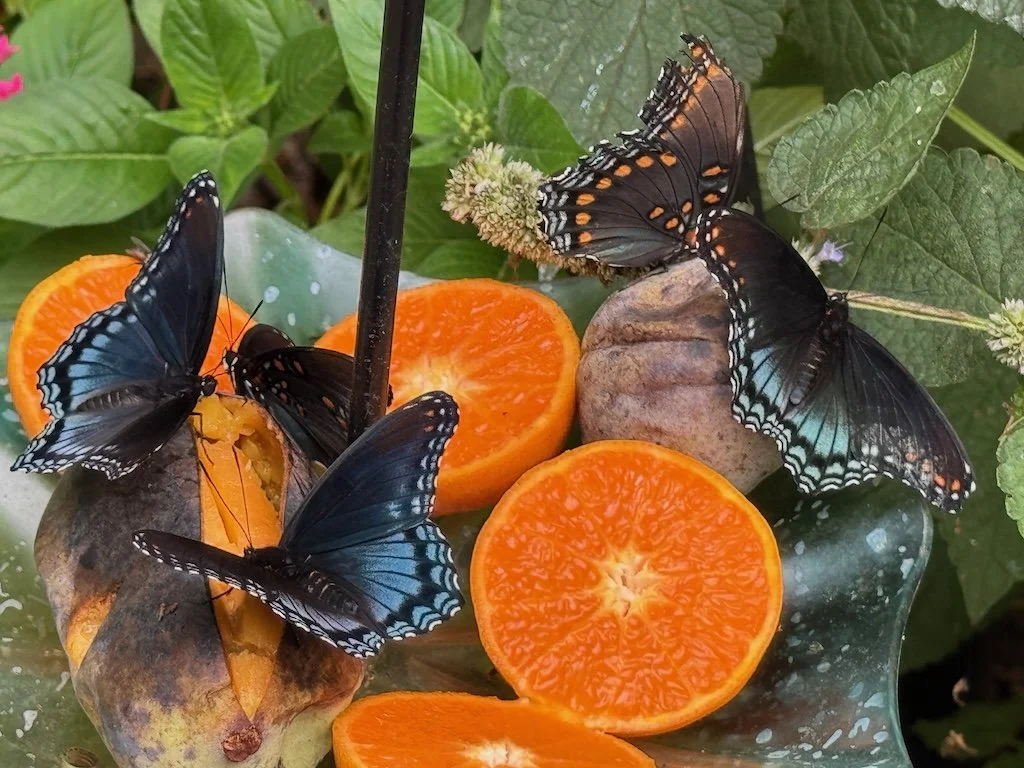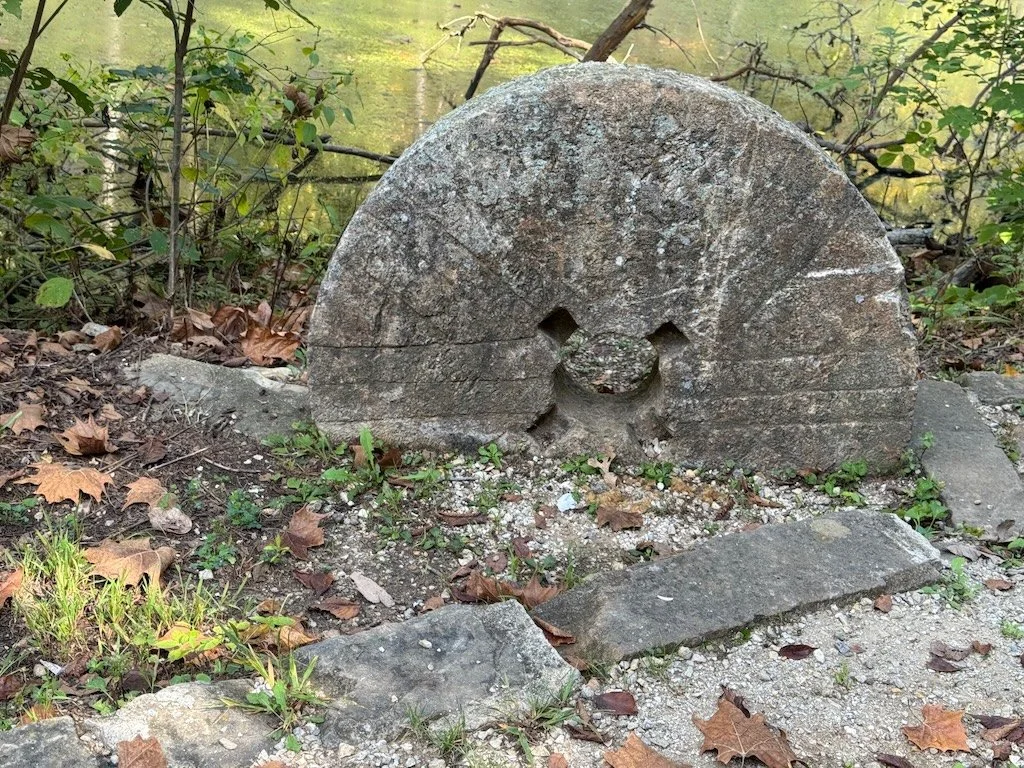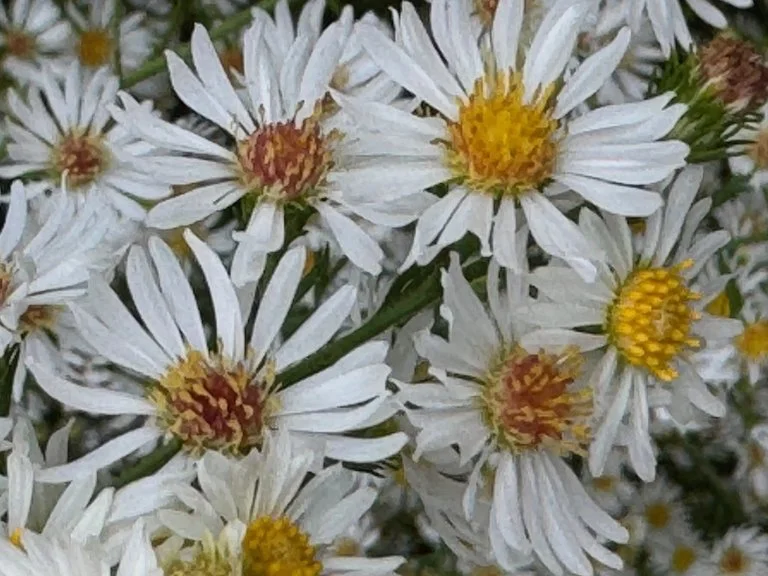Gleanings of the Week Ending October 25, 2025
/The items below were ‘the cream’ of the articles and websites I found this past week. Click on the light green text to look at the article.
The maritime lions hunting seals on the beach - In Namibia, a group of desert lions have left their traditional hunting grounds for the Atlantic coast, to become the world's only maritime lions.
Progress on Africa’s ‘Great Green Wall’ Stalls as Seedlings Die Off - The African Union launched the project in 2007, planning to create a 10-mile-wide strip of trees that would stretch from coast to coast, across 11 countries in the Sahel. By stopping desertification, the project aimed to protect farmers, help shore up the supply of food, stem migration, and even fight extremism. But as of last year, the project was estimated to be only 30 percent complete.
The Red Sea that vanished and the catastrophic flood that brought it back - The Red Sea once vanished entirely, turning into a barren salt desert before being suddenly flooded by waters from the Indian Ocean 6.2 million years ago. The flood carved deep channels and restored marine life in less than 100,000 years. The Red Sea is a natural laboratory for understanding how oceans are born, how salt giants accumulate, and how climate and tectonics interact over millions of years.
Pumpkin: A favorite sign of fall, with a bit of shady history - When European settlers reached the present-day Americas, they encountered Indigenous people growing pumpkins — a useful source of food that's easy to grow and can be stored in cold weather. In precolonial times, Indigenous people in the Americas domesticated different types of these sort of pumpkin precursors at least six different times.
Egyptian Pharaoh’s Tomb Opens to the Public After 20-Year Restoration – Amenhotep III. The huge tomb is in a secluded part of the Valley of the Kings outside the southern city of Luxor and was in severe need of work following centuries of neglect. The tomb was discovered in 1799 whereupon its contents were looted. At its center, visitors today encounter the pharaoh’s giant granite sarcophagus lid, which is covered in hieroglyphics and was too heavy to be carried away.
New Solar Glass Cranks Up Lettuce Crop Yields by Almost 40% - The new solar glass (the performance of quantum dots integrated with passive solar glass) was field tested by researchers at the University of California – Davis. If the performance of lettuce is a bellwether for other crops.
The rise of ‘nightmare bacteria’: antimicrobial resistance in five charts - Antimicrobial resistance (AMR) is projected to cause 39 million deaths worldwide over the next 25 years. But global efforts to find treatments for drug-resistant infections are not going to plan. The reports show that the global antibiotic drug-development pipeline is facing a dual crisis: a scarcity of drugs in development and a lack of innovation in methods to fight drug-resistant bacteria. Awareness of this issue is increasing; however, it is still a silent pandemic with many deaths not being attributed to AMR.
A Search for the Cassia Crossbill, Idaho’s Endemic Bird - Searching for an endemic bird brings you fully immerses you in the complexity of the world. What might look like just another set of hills from the highway is revealed to be a habitat shaped by a lack of squirrels and abundant woodpeckers and thick pinecones. And that place offers you a glimpse of this special bird, one that exists only here, as if clinging to a lodgepole life raft in the desert.
Brain cancer that eats the skull stuns scientists - Glioblastoma isn’t confined to the brain—it erodes the skull and hijacks the immune system within skull marrow. The cancer opens channels that let inflammatory cells enter the brain, fueling its deadly progression. Even drugs meant to protect bones can make things worse, highlighting the need for therapies that target both brain and bone. The discovery reframes glioblastoma as a whole-body disease, not just a brain disorder.
Babies take a lesson from soldiers in the war against malaria - For years, the U.S. military has treated uniforms with insecticide to repel mosquitoes and the malaria they can transmit. In a rural part of western Uganda, 200 mothers with kids between 6 and 18 months got a permethrin-soaked baby wrap, while 200 others got a wrap just soaked in water. All participants got a brand-new treated bed net too. Over 6 months, 34 kids in the permethrin-wrap group tested positive for malaria, compared with 94 in the water-soaked wrap group. About 8.5% of babies had a mild rash in the treatment group compared with 6% in the control.

